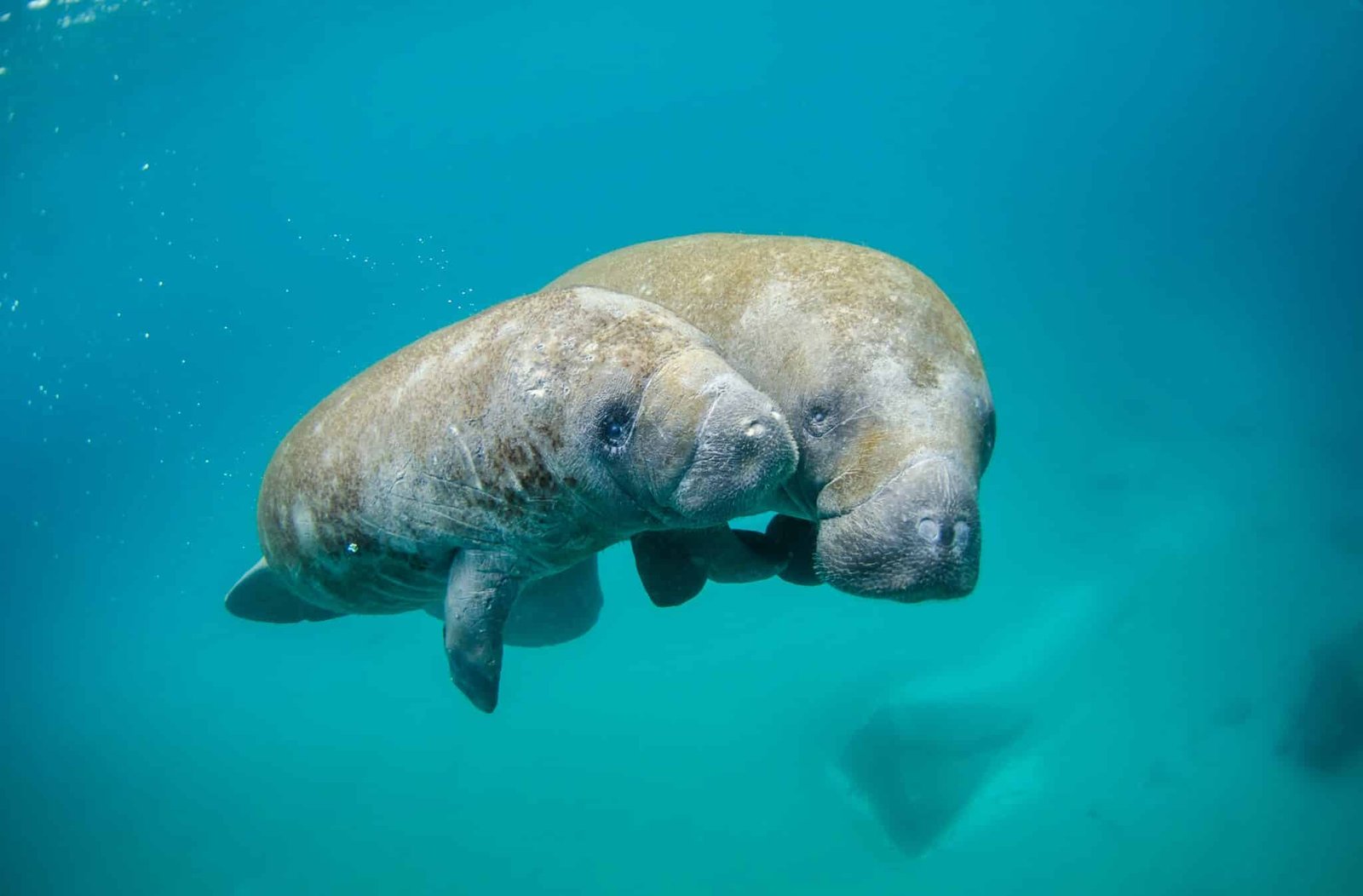Whale watching holidays have surged in popularity as whale populations worldwide continue to recover. Once on the brink of extinction due to overhunting, these majestic creatures are now more accessible for viewing, thanks to the rise of specialized whale-watching tour companies. Some companies are so confident in the likelihood of sightings that they even offer money-back guarantees if no whales are seen.
The Three Most Common Whales to See:
- Humpback Whales: Known for their acrobatic displays, humpback whales are perhaps the most popular among whale watchers. These giants can often be seen breaching, slapping the water with their fins, or showing off their distinctive tail flukes as they dive. Humpbacks are found in oceans worldwide, migrating vast distances between their feeding grounds in polar regions and breeding grounds in warmer tropical waters.
- Gray Whales: Gray whales are famous for their epic migrations, traveling up to 12,000 miles round trip from their feeding grounds in the Arctic to the warm lagoons of Baja California, Mexico, where they breed and give birth. These whales are often seen close to shore, making them a favorite for coastal whale watching. Their friendly nature sometimes leads them to approach boats, giving onlookers an unforgettable experience.
- Orcas (Killer Whales): Despite their name, orcas are actually the largest species of dolphin. They are highly social animals, often traveling in family groups called pods. Orcas are known for their striking black and white coloring and are top predators in the ocean, feeding on fish, seals, and even other whales. They are particularly popular in places like the Pacific Northwest and Norway, where large pods are often seen hunting together.
The species of whales you might encounter on your trip largely depends on your destination. When planning a whale-watching holiday, it’s essential to research the types of whales found in different regions and the best times to visit. Many whale species migrate seasonally, following patterns that dictate where they can be seen at different times of the year. For instance, humpback whales feed in the cold waters near the poles during part of the year and then migrate to warmer equatorial waters to mate and give birth, living off the blubber reserves they accumulated.
On a well-planned tour, you might witness more than just distant dorsal fins. The best experiences bring you close enough to observe behaviors like fluking and breaching. Fluking occurs when a whale lifts its tail high before diving, while breaching involves a whale leaping entirely out of the water—both providing excellent opportunities for photography.
Top Whale Watching Destinations:
Kaikoura, New Zealand:
Located on the east coast of New Zealand’s South Island, Kaikoura is renowned as one of the best places globally to see giant sperm whales. The area’s rich food supply means these whales are present year-round, often seen floating at the surface. Kaikoura is also home to migrating humpback whales, pilot whales, southern right whales, and blue whales at certain times of the year. Orcas, the largest dolphins, are also frequently spotted here.
Nearest International Airport: Christchurch International Airport (CHC), about 180 kilometers (112 miles) from Kaikoura.
Hervey Bay, Australia:
Just three hours north of Brisbane, Hervey Bay is often dubbed the Whale Watching Capital of the World. From July to November, thousands of humpback whales migrate from Antarctica, making this a prime time for sightings. Its proximity to the Great Barrier Reef further enhances Hervey Bay’s appeal as a top tourist destination.
Nearest International Airport: Brisbane Airport (BNE), about 290 kilometers (180 miles) from Hervey Bay.
Cape Cod, USA:
Cape Cod, Massachusetts, is a prime spot for whale watching in the northeastern United States. From May to October, humpback, finback, pilot whales, and dolphins are commonly seen. Tours from Plymouth to Provincetown and Barnstable Harbor are popular, with opportunities to spot whales even from the shore.
Nearest International Airport: Logan International Airport (BOS) in Boston, approximately 112 kilometers (70 miles) from Cape Cod.
Vancouver Island, Canada:
Vancouver Island in British Columbia is an ideal location to observe killer whales between July and September. The abundance of salmon in the Johnstone Strait during these months attracts large pods of orcas, sometimes numbering up to 30. Some tours even offer kayaking adventures, allowing you to get remarkably close to these majestic creatures.
Nearest International Airport: Victoria International Airport (YYJ) on Vancouver Island, with additional access through Vancouver International Airport (YVR) on the mainland.
The Azores, Portugal:
The Azores Archipelago in the North Atlantic Ocean is among the best whale-watching destinations in Europe. From April to October, visitors can see entire pods of sperm whales with their young, with October being the prime month. Other species like blue whales, humpbacks, and orcas are also frequently sighted between February and June.
Nearest International Airport: João Paulo II Airport (PDL) on São Miguel Island, the main hub in the Azores.
San Diego, California, USA:
San Diego offers a spectacular whale-watching experience as approximately 26,000 gray whales migrate from the Arctic to Baja California’s warm waters and back each year. The peak time for spotting these massive creatures is from late December through March, making it an excellent winter destination.
Nearest International Airport: San Diego International Airport (SAN), conveniently located near the city center.
Cape Town, South Africa:
At the southern tip of Africa, where the Atlantic and Indian Oceans meet, Cape Town is a prime spot for observing migrating whales, particularly from July to December. Southern right whales, humpbacks, and orcas are commonly seen, especially in False Bay, where warmer waters attract marine life. The area also offers sightings of bottlenose dolphins and African penguins.
Nearest International Airport: Cape Town International Airport (CPT), located about 20 kilometers (12 miles) from the city center.
Tiverton, Nova Scotia:
Tiverton, a small village on Long Island in Nova Scotia, has become a notable whale-watching hub due to its location on the Bay of Fundy. In summer, this area attracts numerous marine animals, including humpbacks, fin whales, minke whales, and the endangered North Atlantic right whale.
Nearest International Airport: Halifax Stanfield International Airport (YHZ), approximately 300 kilometers (186 miles) from Tiverton.
Tysfjord, Norway:
Tysfjord, a small fishing port in Norway, offers a unique whale-watching experience, especially in the fall. The region boasts the largest concentration of killer whales, with 400 to 600 whales often seen. Blue whales, sperm whales, and humpbacks can also be spotted occasionally, adding to the destination’s allure.
Nearest International Airport: Harstad/Narvik Airport (EVE), located about 90 kilometers (56 miles) from Tysfjord.
Monterey Bay, California, USA:
Monterey Bay is one of the most famous whale-watching locations in the United States. This area is known for its rich marine biodiversity, and from April to December, you can see humpback whales and blue whales. The bay’s deep submarine canyon brings nutrient-rich waters close to shore, attracting whales and other marine life.
Nearest International Airport: Norman Y. Mineta San Jose International Airport (SJC), about 120 kilometers (75 miles) from Monterey Bay.
Reykjavik, Iceland:
Reykjavik is an excellent destination for whale watching, especially in the summer months. The waters around Iceland are home to minke whales, humpbacks, and occasionally blue whales. The stunning backdrop of Iceland’s dramatic landscapes adds to the experience, making it a must-visit for nature lovers.
Nearest International Airport: Keflavik International Airport (KEF), located about 50 kilometers (31 miles) from Reykjavik.
Dominica, Caribbean:
Known as the “Whale Watching Capital of the Caribbean,” Dominica offers year-round sightings of sperm whales. The deep waters close to shore create an ideal environment for these magnificent creatures. From November to March, you can also spot migrating humpbacks and other species, making Dominica a premier destination for whale enthusiasts.
Nearest International Airport: Douglas-Charles Airport (DOM), located on the northeast coast of Dominica.
Photo by Richard Sagredo on Unsplash












